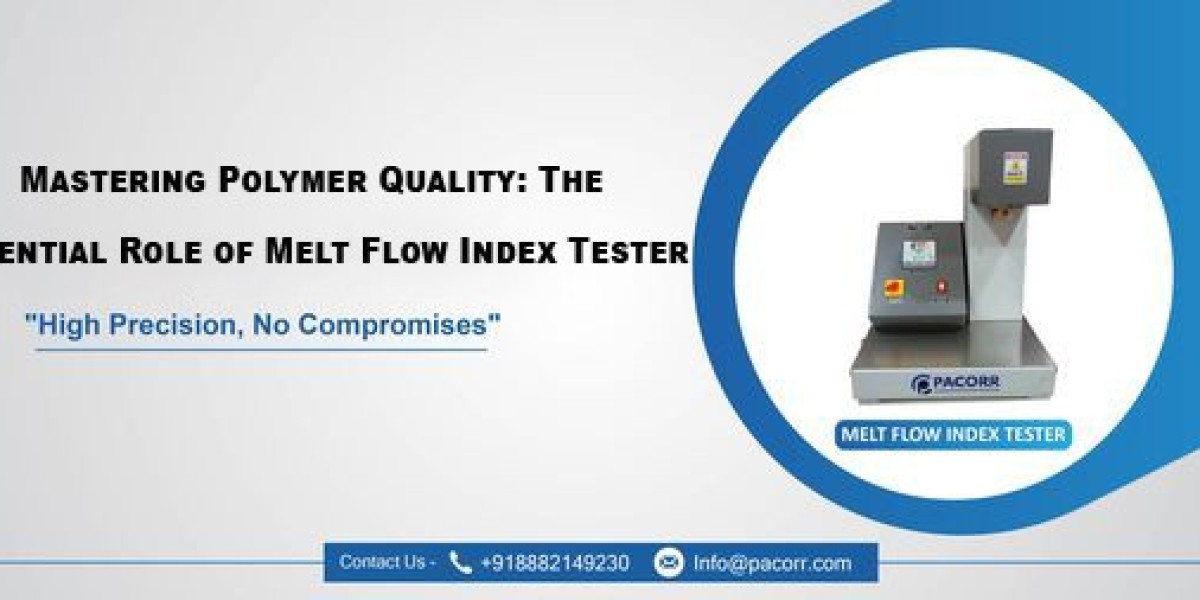What is a Melt Flow Index Tester?
The Melt Flow Index Tester is a device used to measure the ease of flow of thermoplastic polymers. It quantifies the rate of flow in grams per ten minutes (g/10min) of the material through a specific orifice at a given temperature and load. This measurement is crucial as it helps in determining the material's processing behaviour during manufacturing processes like injection moulding and extrusion.
How Does a Melt Flow Index Tester Work?
An Melt Flow Index Tester operates by heating a sample of the polymer to a specific temperature until it melts. A load is then applied, forcing the molten polymer through an orifice. The amount of polymer extruded in 10 minutes is measured and recorded as the melt flow rate. This process provides a standardized method to assess the material's flow characteristics.
Why choose Pacorr’s MFI Tester?
At Pacorr, we are committed to providing high-quality, reliable testing equipment. Our Melt Flow Index Tester features precision temperature control, user-friendly operation, and robust construction, ensuring accurate and repeatable results.
FAQ on Melt Flow Index Tester
Q: Why is Melt Flow Index important?
A: The Melt Flow Index Tester is a critical parameter in the plastics industry. It provides a measure of the material’s viscosity, flow rate, and processing behavior, which are essential for quality control and ensuring the consistency of the final product.
Q: What materials can be tested with an MFI tester?
A: MFI testers are used primarily with thermoplastic polymers, including but not limited to polyethylene (PE), polypropylene (PP), polystyrene (PS), and polyamide (PA). Each material requires specific testing conditions to ensure accurate measurements.
Q: How do different temperatures and loads affect the results?
A: The temperature and load applied during the test significantly impact the melt flow rate. Higher temperatures or loads can decrease the material's viscosity, leading to a higher melt flow rate. It's crucial to adhere to standardized testing conditions for comparable results.
Q: Can the Melt Flow Index determine the molecular weight of polymers?
A: Indirectly, yes. The Melt Flow Index Tester is inversely related to the molecular weight of the polymer. A higher MFI indicates lower molecular weight and vice versa. However, for precise molecular weight determination, complementary tests are recommended.
Q: Is MFI testing sufficient for assessing material quality?
A: While Melt Flow Index Tester provides valuable information about the material's flow characteristics, it's part of a broader spectrum of tests needed to fully assess material quality. Other properties, such as tensile strength, impact resistance, and thermal stability, also need to be considered.
Conclusion
The Melt Flow Index Tester is an indispensable tool in the plastics industry, providing key insights into the flow properties of thermoplastic polymers. Understanding its operation, applications, and the significance of the results it produces is essential for professionals involved in polymer processing and manufacturing. With this knowledge, industries can ensure their products meet the required specifications and quality standards.
For more information about our Melt Flow Index Tester and other testing solutions, visit us at Pacorr.com








